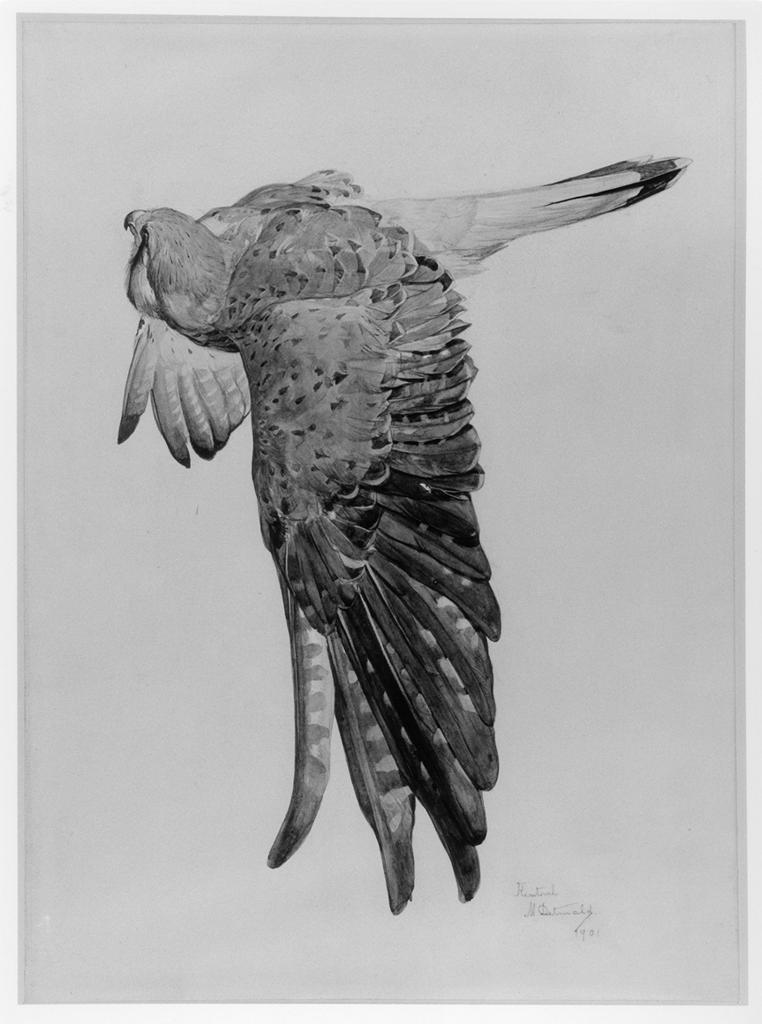Every so often, a fragrance saunters into the market, demanding our attention with an air of undeserved audacity. Jean Paul Gaultier's Divine (2023), however, feels less like a sophisticated, daring entry and more like a grandiloquent crash. Its limited notes of...
Raubkunst at the Ringling…
Raubkunst at the Ringling…
…The Story Continues
Its genesis in 2016 was the glimpse of a fin becoming a feather that ignited a strong intuition at ”Raubkunst als Erinnerungsort,” a research fellowship sponsored by the Zentrum für Historische Forschung der Polnischen Akademie der Wissenschaften in Berlin that same December. Eventually, and with the help of many people, “Raubkunst at the Ringling” ran in the Modernism journal Lapsus Lima on 9 January 2019 and was picked up in the news all the way to the Antipodes that week with, for example, the story “Otago Link to Identifying Art Looted by Nazis.”
On 13 February 2019 I presented this research about Franz Marc’s woodcuts Schöpfungsgeschicte II (1914) and Geburt der Pferde (1913) amid colleagues at the College Art Association conference in New York City. The very next day I learned “Raubkunst at the Ringling” had been formally recognised as a “solved” case of Nazi looted art with the recognition of my findings by the Commission for Looted Art in Europe in the annals of The Central Registry of Information on Looted Cultural Property 1933-1945.
My hope all along has been that the John and Mable Ringling Museum of Art, the State Art Museum of Florida operated by Florida State University, would acknowledge the illicit acquisition of the prints by the American UPI reporter Robert Beattie from the notorious “Kunsthändler to the Third Reich” Bernhard A. Böhmer in 1940, prior to Beattie’s donation of them to the Ringling in 1956, where they have been hidden since, and allow these works to be shared with the public.
But wait: I have subsequently learned that there is potentially even more Raubkunst at the Ringling: Paintings by Christian Rohlfs and George Grosz and bronzes by Ernst Barlach with provenance gaps from 1933-1945 are also locked away at the museum as well as some oils and terracottas from the 16thand 17thcenturies that, while not entartete, were simply stolen or subject to forced “sales” from museums or private owners under the Reich.
To more fully bring this story to light, I would like to compile a volume – half catalogue, half detective story – about these works. Please do contact me if you are interested in working together on this project.
RECENTLY ON MICHELANGELOST™...
Gaultier’s Dubious Divinity: A Troma Tragedy
Norwegen Blumen / Norway Flowers I
Norway Flowers / Norwegen-Blumen I
Eden and Everything After
From: 21 January 2023-21 December 2023 Opening: 21 January 2023, 14:00 University of Stavanger Archaeological Museum Peder Klows gate 30A 4010 Stavanger Norway Hours: Tuesday 11 – 20 Wednesday – Sunday 11 – 16 Monday closed....


